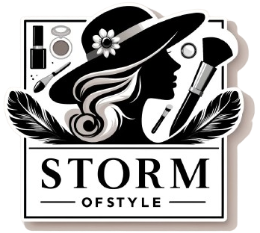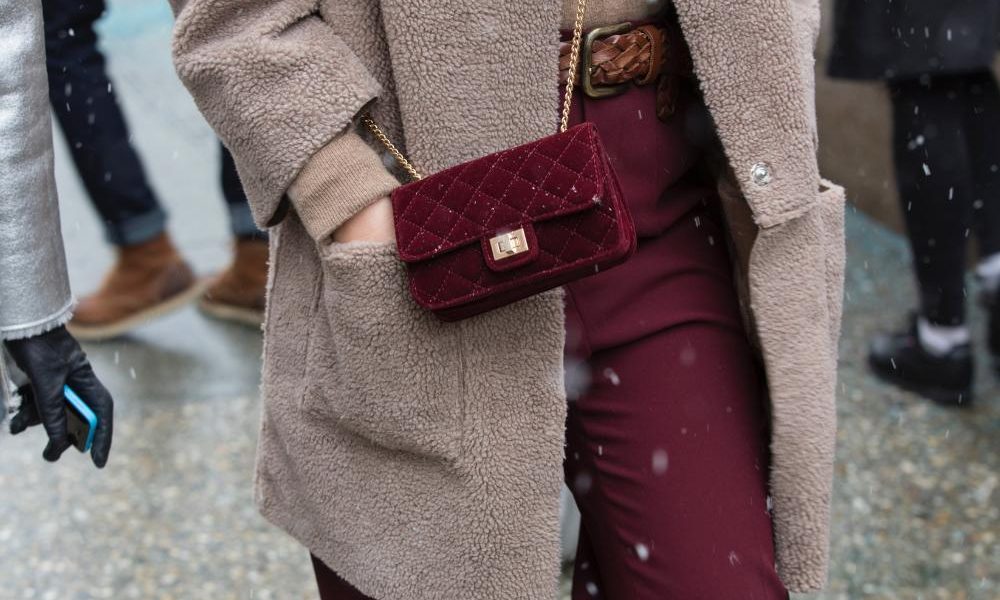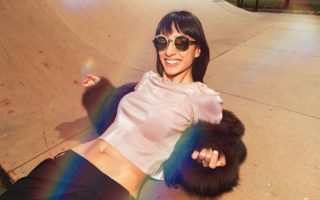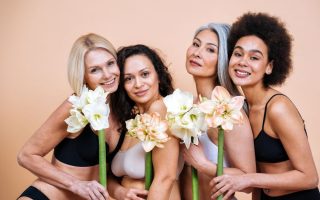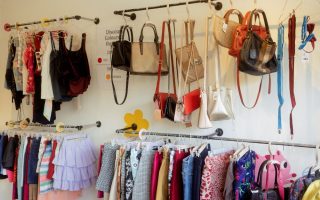Finding your personal style can seem daunting, but it’s an exciting journey of self-discovery. Your style is a reflection of who you are, your preferences, and your personality. It’s about feeling confident and comfortable in what you wear. This guide will help you explore and define your personal style step by step.
Step 1: Reflect on Your Preferences
Understand What You Like
The first step in finding your personal style is understanding what you like. This involves reflecting on your preferences, inspirations, and lifestyle.
Nina Garcia, Fashion Director at ELLE Magazine, says, “Personal style is an experiment. It’s about trying new things and seeing what feels right. It’s a journey, not a destination” (The Little Black Book of Style).
Personal Anecdote: When I started my style journey, I spent time reflecting on the outfits that made me feel most confident and comfortable. I noticed a pattern in my preferences for certain colors and silhouettes, which became the foundation of my style.
Create a Style Mood Board
Collect images of outfits, colors, and pieces that inspire you. You can use Pinterest, fashion magazines, or even screenshots from your favorite movies. This mood board will help you visualize your style preferences and identify common themes.
Tip: Look for patterns in the types of clothing and accessories that you are drawn to. Are you more attracted to casual, bohemian styles, or do you prefer classic, tailored looks?
Step 2: Assess Your Current Wardrobe
Audit Your Closet
Go through your current wardrobe and assess each item. Keep the pieces that you love and feel great in, and set aside the ones that no longer serve you. This will give you a clearer picture of what you have and what you need.
Personal Anecdote: When I audited my wardrobe, I realized that I had many items that I never wore. By donating these pieces, I made room for clothes that truly reflected my style.
Identify Your Go-To Pieces
Pay attention to the items you wear most often. These pieces are likely a good indicator of your current style. They can also serve as a foundation for building your personal style.
Tip: Make a list of your favorite pieces and consider why you love them. Is it the fit, the color, or how they make you feel? Use this information to guide your future purchases.
Step 3: Define Your Style Keywords
Choose Descriptive Words
Pick a few keywords that describe your ideal style. These words should encapsulate the overall vibe you want to achieve with your outfits. For example, your keywords might be “chic,” “minimalist,” “bohemian,” or “vintage.”
Gok Wan, fashion stylist and TV presenter, says, “Your personal style should reflect who you are on the inside. It should make you feel confident, comfortable, and empowered” (How to Look Good Naked).
Use Keywords as a Guide
These keywords will help you stay focused when shopping and styling outfits. They serve as a filter to ensure that each piece you add to your wardrobe aligns with your personal style.
Step 4: Experiment and Explore
Try New Things
Don’t be afraid to step outside your comfort zone and try new styles. This experimentation is crucial for discovering what truly resonates with you.
Tan France, fashion expert from Queer Eye, encourages, “Don’t be afraid to step outside your comfort zone. Sometimes the most unexpected pieces can end up being your favorites. Fashion is about having fun and expressing yourself” (Naturally Tan: A Memoir).
Personal Anecdote: I once bought a bold, patterned dress on a whim. To my surprise, it became one of my favorite pieces because it made me feel vibrant and confident. This experience taught me the value of experimenting with different styles.
Mix and Match
Combine different pieces in your wardrobe to create new outfits. Mixing and matching helps you discover versatile combinations and see your clothes in a new light.
Tip: Take photos of your favorite outfits to build a personal lookbook. This can be a helpful reference when you’re in a rush or feeling uninspired.
Step 5: Invest in Quality Basics
Build a Solid Foundation
Every wardrobe needs a few quality basics that can be mixed and matched with other pieces. These basics should be versatile, comfortable, and timeless.
Tim Gunn, fashion consultant and TV personality, advises, “The key to finding your personal style is to be honest with yourself about what you like and what you don’t like. Don’t wear something just because it’s trendy. Wear what makes you feel good” (Gunn’s Golden Rules).
Focus on Fit
Ensure that your basics fit well. The right fit can make a huge difference in how your clothes look and feel. Tailor pieces if necessary to achieve the perfect fit.
Tip: Invest in basics like a well-fitted pair of jeans, a classic white shirt, a versatile blazer, and comfortable shoes. These items form the backbone of a stylish wardrobe.
Step 6: Accessorize
Add Personal Touches
Accessories are a great way to express your personal style and add interest to your outfits. Scarves, jewelry, hats, and bags can transform a simple outfit into something unique and stylish.
Experiment with Trends
Incorporate trends in small doses through accessories. This allows you to stay current without compromising your overall style.
Tip: Choose accessories that resonate with your style keywords. For example, if your style is “bohemian,” opt for earthy, natural materials and eclectic designs.
Step 7: Stay True to Yourself
Listen to Your Instincts
Your personal style should make you feel good. Listen to your instincts and wear what makes you feel confident and comfortable.
Personal Anecdote: I used to follow trends blindly, often buying items that didn’t suit me. Once I started listening to my instincts and choosing clothes that felt right, my style became more authentic and cohesive.
Adapt and Evolve
Personal style is not static. It can change and evolve over time as you grow and your tastes shift. Embrace this evolution and allow your style to develop naturally.
Unique Insight: Understanding your style is also about understanding yourself. Your clothes can reflect your journey, experiences, and personality.
The Psychology of Personal Style
Emotional Connection
Clothing can have a profound impact on our emotions and self-perception. A study titled “The Psychology of Fashion: Why We Wear What We Do” by Carolyn Mair explores how our personal style is shaped by our experiences, emotions, and cultural influences. This deeper understanding of our clothing choices can help us use fashion as a tool for self-expression.
Well-Being and Confidence
Expressing yourself through clothing can enhance your self-esteem and overall happiness. The Journal of Fashion Marketing and Management (2019) published a study on “The Relationship Between Personal Style and Well-being,” finding that developing a personal style that aligns with your values and personality can positively impact your life.
Conclusion
Finding your personal style is a journey of self-discovery and expression. By reflecting on your preferences, assessing your wardrobe, experimenting with new looks, and staying true to yourself, you can develop a style that is uniquely yours. As you embark on this journey, remember that fashion is about having fun and expressing who you are. As Nina Garcia wisely states, “Personal style is an experiment. It’s about trying new things and seeing what feels right. It’s a journey, not a destination” (The Little Black Book of Style). Enjoy the process, and let your style evolve naturally.
